Provenance is a tricky issue. Over the past few years, the names of agricultural regions, villages, and even specific farms have proliferated on urban menus and shelf labels, providing the aspirational consumer with a shorthand guarantee of authenticity, taste, and, often, local origin.
The idea is that by listing the farm on which your heirloom tomato was picked, chefs honour growers as the co-producer of flavour; meanwhile, by achieving protected designation of origin (PDO) status, traditional makers of pork pies and prosciutto preserve the geographic context of their product, as well as its artisanal technique and, often, its continued economic viability.
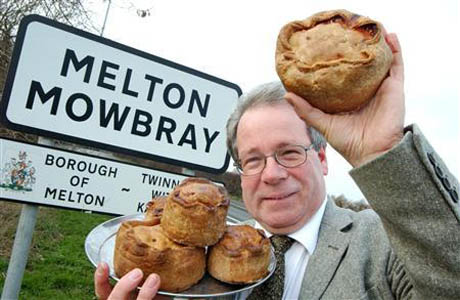
IMAGE: Melton Mowbray Pork Pie Association (MMPPA) chairman Matthew O’Callaghan, via.
For consumers, however, these place names tend to form a more abstract cartography of implied inherent value. I confess to finding it reassuring that the lamb on offer at the restaurant up the street comes from Jamison Farm, even though I have no idea where that is, and I look for San Marzano DOP tomatoes despite the fact that (this is a little embarrassing) I couldn’t point to their carefully protected origin on a map.
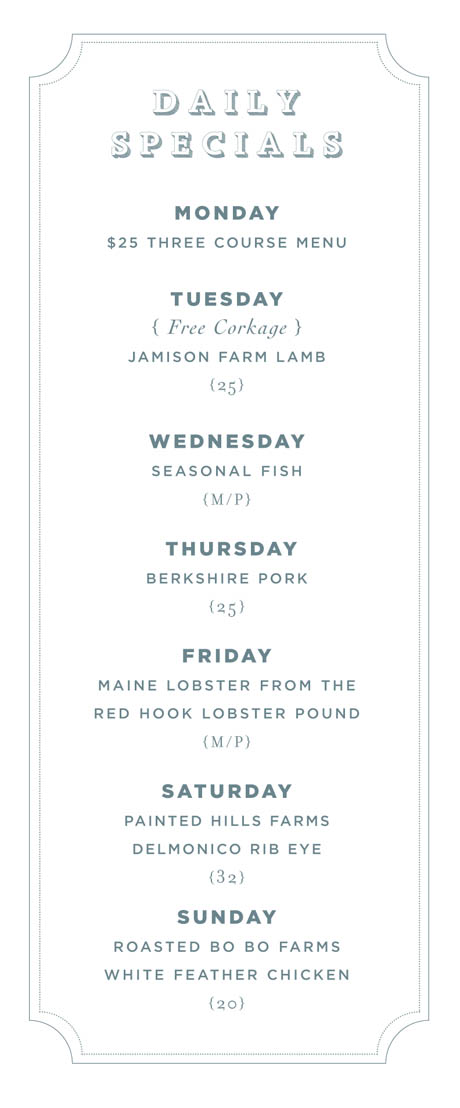
IMAGE: The very delicious specials at Buttermilk Channel, with key ingredients precision-located.
Such haziness plays straight into the hands of less scrupulous food producers, who rely on the simultaneous geographical sensitivity and ignorance of consumers to borrow the halo effect of certain places, regions, and site typologies (think of the vast quantities of industrially processed foods that profess to be from some kind of “farm,” “glen,” or “dale,” for example). As it happens, the tomatoes most visibly associated with San Marzano in the United States are actually grown in California, not Italy (although they are the same varietal).
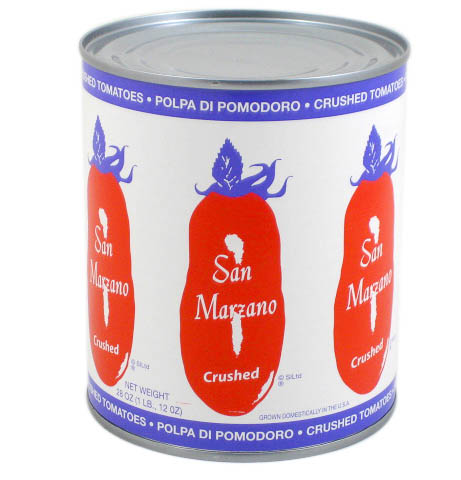
IMAGE: San Marzano brand tomatoes are not grown in San Marzano, Italy, but rather in California — a detail you could be excused for missing.
Indeed, the very concept of protected geographic origin is a tenuous one in the United States, which relies instead on trademarks that defend geo-specific brand names such as Boston Market (a national fast food chain based in Golden, Colorado) and Philadelphia Cream Cheese (manufactured by Kraft in Wisconsin) as well as Florido oranges and Idaho potatoes. The latter are at least grown in the places their names would imply, but, as the roughly thirteen billion Idaho potatoes and 139 million boxes of Florida oranges harvested annually set global market prices, they, as agricultural economist Bruce Babcock notes, “have as much in common with Roquefort cheese as Iowa corn has in common with Prosciutto di Parma. They are not differentiated products; they are the embodiment of a commodity.”
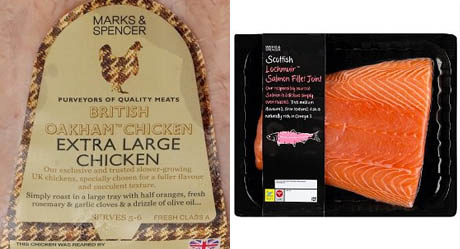
IMAGE: Oakham chicken and Lochmuir salmon, as pictured in Marks & Spencer’s online shop.
However, it is the branding geniuses at Marks & Spencer, suppliers of underwear and luxury ready-meals to the UK, who have taken the abstract, yet powerful, geography of food labeling to its logical, imaginary conclusion. While re-reading Sarah Murray’s excellent book, Moveable Feasts (of which more later), I came across this nugget:
Sometimes places that are entirely fictional are created to add to the appeal of a food. British chain Marks & Spencer recently introduced “Lochmuir salmon,” despite the fact that Lochmuir cannot be found on a map.
Marks & Spencer is refreshingly open on the subject of Lochmuir’s non-existence, with Andrew Mallinson, the company’s “fish expert,” explaining to The Scotsman newspaper that “it is a name chosen by a panel of consumers because it had the most Scottish resonance. It emphasises that the fish is Scottish.” Later in the same article, we read that:
The Scotsman understands Lochmuir salmon is in fact being farmed at five sites north of the Border by supplier Scottish Sea Farms after three years of research.
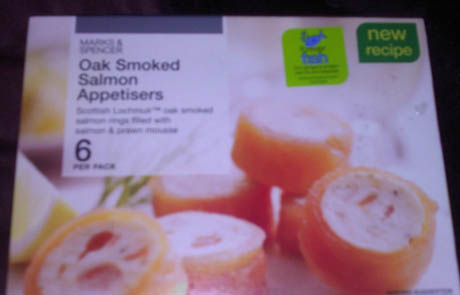
IMAGE: Lochmuir smoked salmon appetisers; apologies for the blurry shot.
Interestingly, Marks & Spencer had previously dabbled in the more common type of geo-label fiction, when it branded its chickens (sourced from farms across the United Kingdom and Northern Ireland) with the name of a historic market town in Rutland county: Oakham. Local butchers were not impressed (“They’ve just come in and nicked our name”), and the town’s Member of Parliament demanded (unsuccessfully) that the geographically challenged chicken be re-branded.
It seems as though it is easier to invent a fictional cartography than appropriate existing high-value place names.
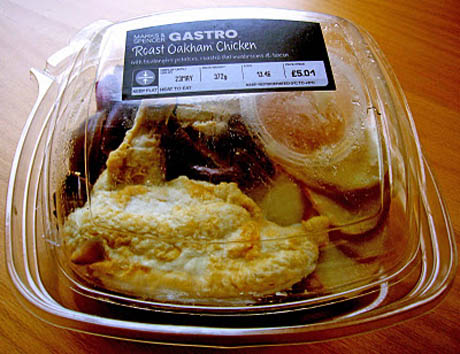
IMAGE: Oakham chicken, via.
And, as our food supply becomes ever more globalised, I can’t help but imagine that more and more producers of “luxury” foods will seek to make their product even more desirable with reference to a hyper-specific, utterly imaginary atlas of aspirational origins. Chinese fois gras will come from the French-sounding Beauchâteau, Vietnamese mozzarella will be marketed under the faux-Italian name of San Legaro, and the role of geography in food description — originally intended as a means to reconnect consumers and producers — will end up further disguising the industrial commodity chain while creating an entirely alternate universe, made up of the places that we dream our food comes from.

